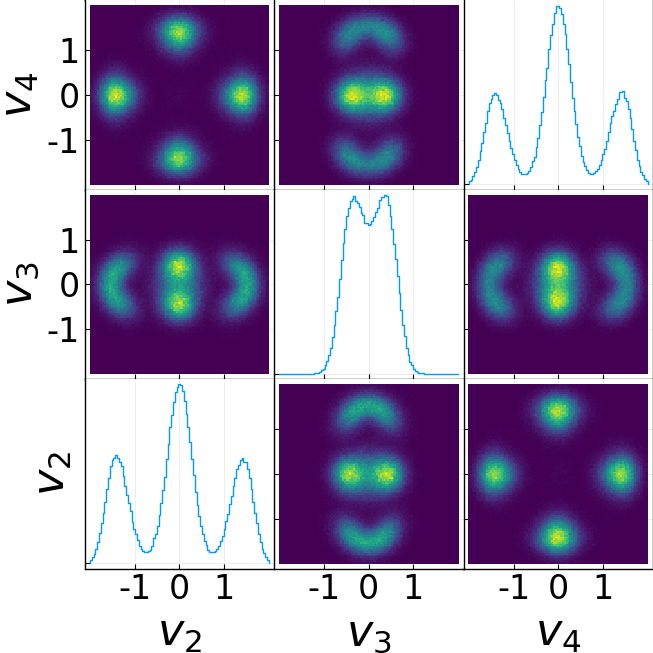Flow estimation
Estimating a fluid flow from solute observations
The goal of this project was to estimate a fluid flow from (noisy, finite) observations of a solute (e.g., a pollutant or dye) advecting and diffusing in the fluid. Here the goal was to estimate incompressible flow \(\mathbf{v}\) from observations of solute concentration \(\theta\) governed by the two-dimensional advection-diffusion equation: \(\frac{\partial}{\partial t} \theta = -\mathbf{v} \cdot \nabla \theta + \kappa \Delta \theta\)
This problem was sort of a playground to test out the framework for Bayesian inversion for infinite-dimensional unknowns, as well as Markov Chain Monte Carlo methods designed for those applications, from perspectives ranging from the highly computational (GPU-based algorithms) to the highly theoretical (long proof-based paper).


